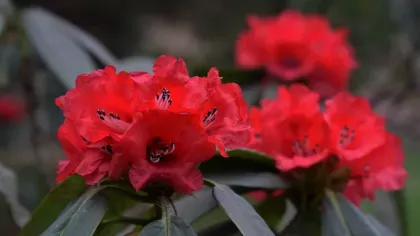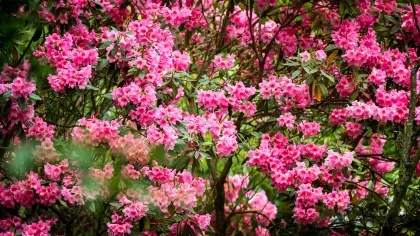19 February 2020
Daffodils: Signs of spring
Daffodils are in bloom, promising sunnier spring days to come.

Daffodils are one of the most welcoming signs of spring.
Following the wintry months of grey skies and rain, daffodils bring bright swathes of colour to our gardens and parks.
In the UK, daffodils are sometimes called lent lilies as they often bloom between Ash Wednesday and Easter.
Daffodils are not actually lilies but belong to the genus Narcissus in the Amaryllidaceae family, the same plant family as another spring favourite, snowdrops.
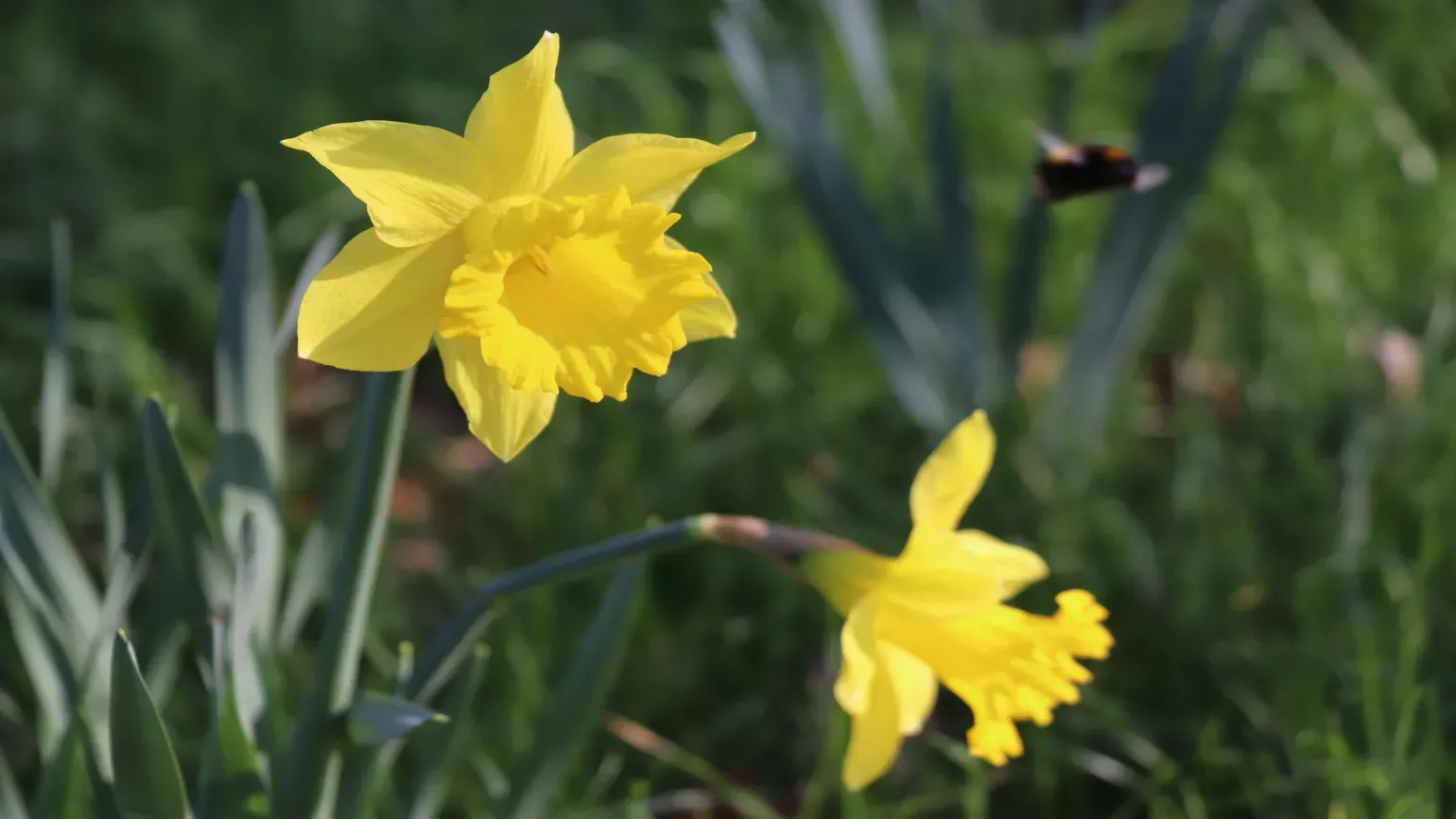
Wordsworth’s daffodils
It comes as no surprise that the beautiful golden daffodil inspired the most famous poem in the English language.
I Wandered Lonely as a Cloud
I wandered lonely as a Cloud
That floats on high o’er Vales and Hills,
When all at once I saw a crowd
A host of dancing Daffodils;
Along the Lake, beneath the trees,
Ten thousand dancing in the breeze.
William Wordsworth, 1807.
As a keen home gardener, Wordsworth often celebrated nature’s beauty in his writing.
His poem, ‘I wondered lonely as a cloud’, was inspired by a walk he took with his sister Dorothy in the Lake District in the spring of 1802.
There they spotted a yellow carpet of daffodils on the shores of Ullswater, likely to have been the common wild daffodil (Narcissus pseudonarcissus).
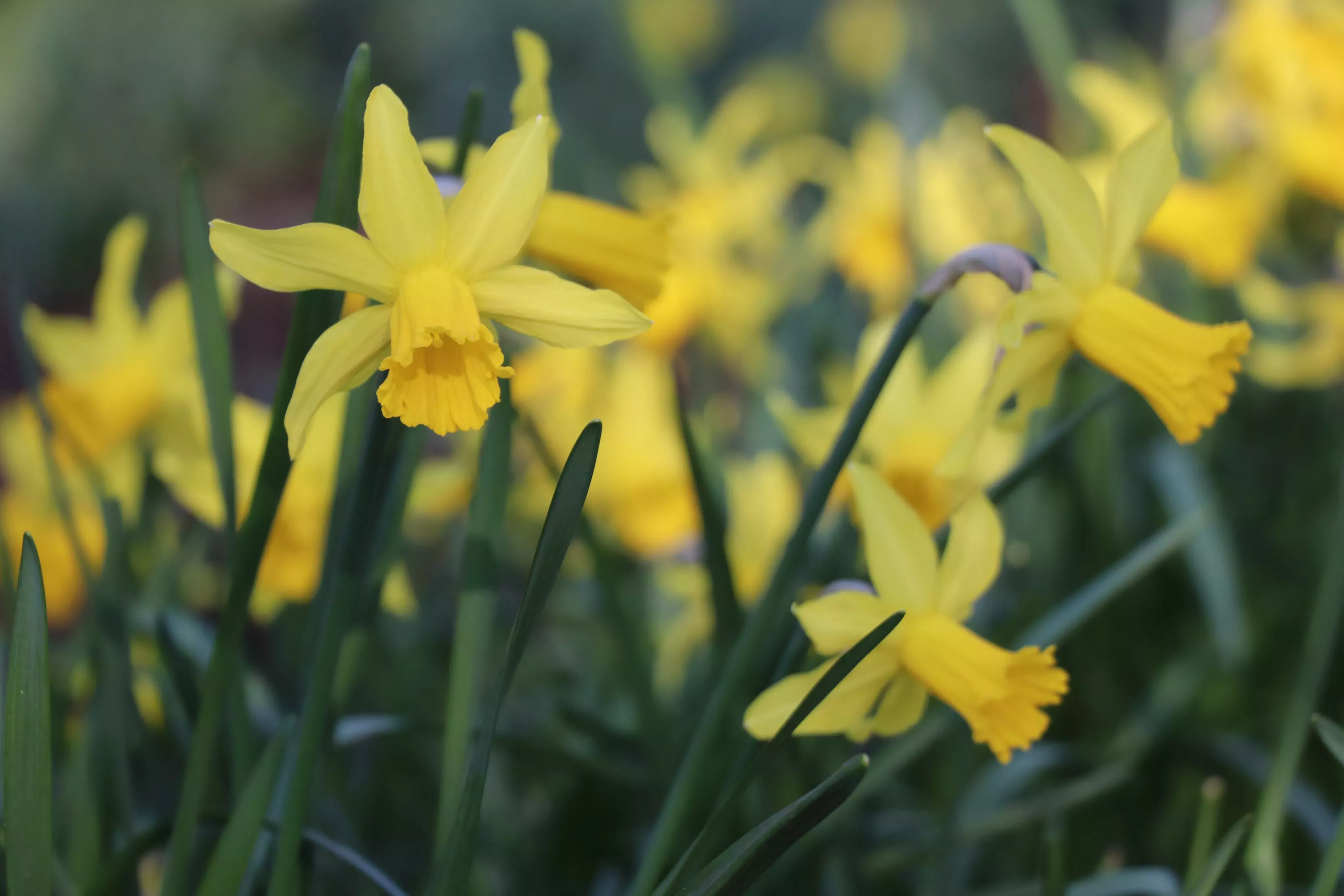
Did you know?
The Latin name for daffodil, Narcissus, is thought to have come from an Ancient Greek myth.
Narcisuss fell in love with his own reflection in a pool of water. He became so obsessed with it that he fell into the water and drowned.
The way daffodils bend their necks towards the ground is said to symbolise Narcisuss leaning over the water to admire himself.
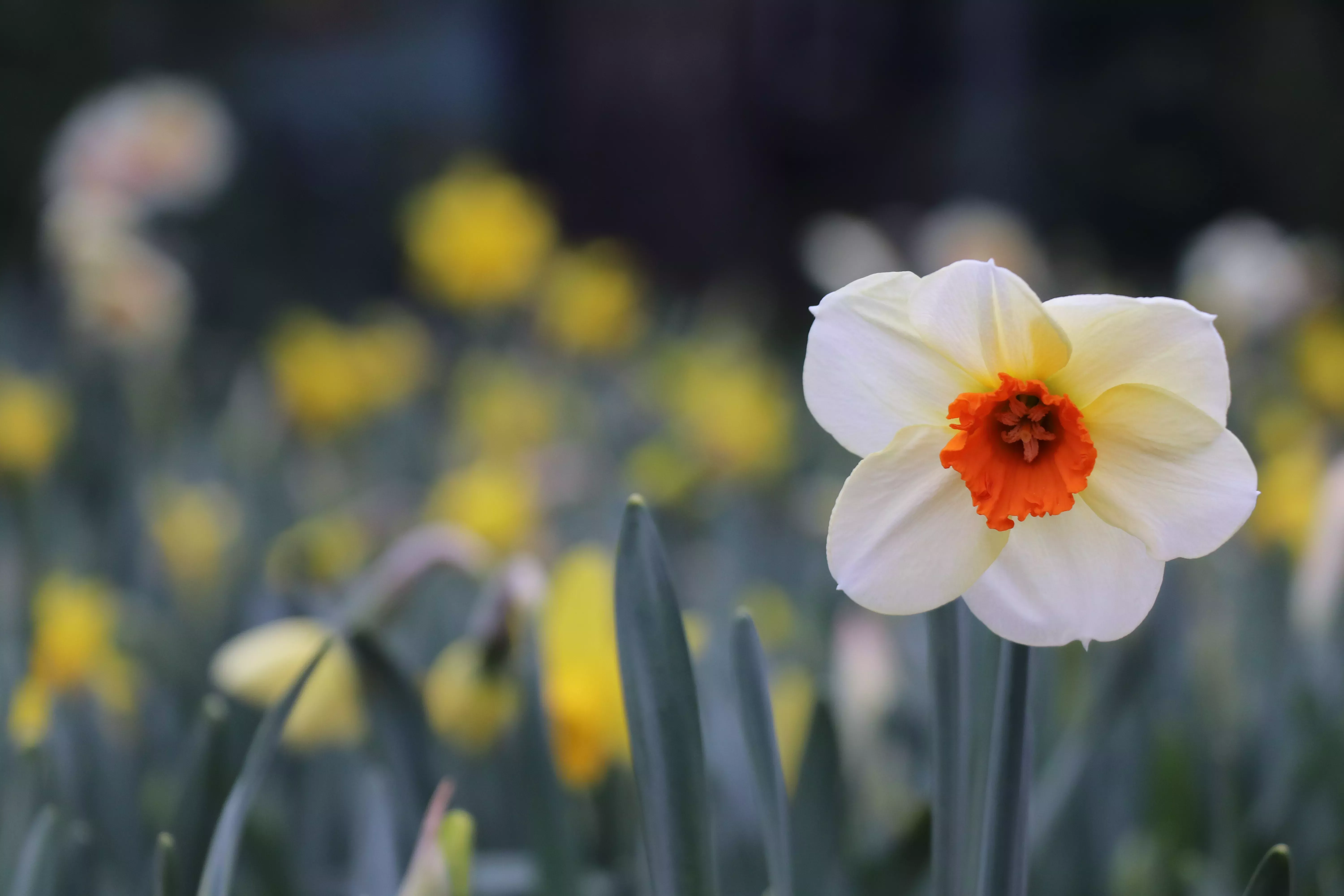
Diverse daffodils
Daffodils are very popular as cut flowers and ornamental plants in gardens.
Whilst there are only 36 species of daffodils in the wild, their long history of breeding has resulted in over 26,000 cultivated varieties (cultivars).
Cultivated daffodils vary hugely from their wild ancestors in size, form and colour.
Breeders select for factors such as hardiness and resistance to disease, as well as more aesthetic qualities such as larger flowers and striking colours.
This has led to the enormous diversity of cultivated daffodils we enjoy today.
Here at Kew, you can see bright bursts of blooming daffodils along the Great Broad Walk Borders, surrounding the Temple of Aeolus and in the Natural area.
At Wakehurst, our wild botanic garden in Sussex, you can find wild pockets of daffodils springing up from the banks of the Mansion Pond, strewn across the manicured lawns and on your way to the Asian Heath Gardens.
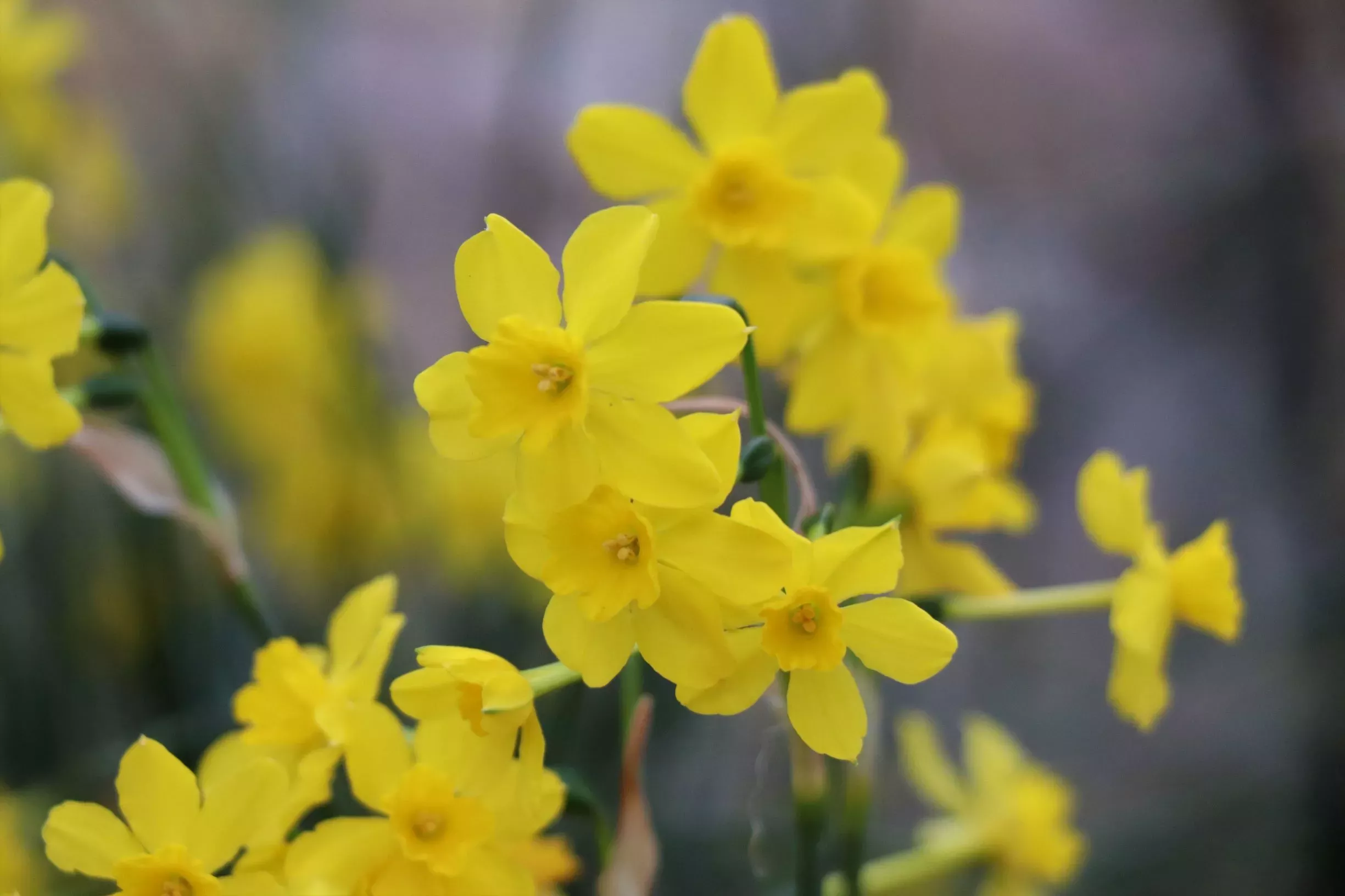
In 2020, we are celebrating the 250th anniversary of William Wordsworth’s birth in collaboration with the Wordsworth Trust and the Arts and Humanities Research Council.

